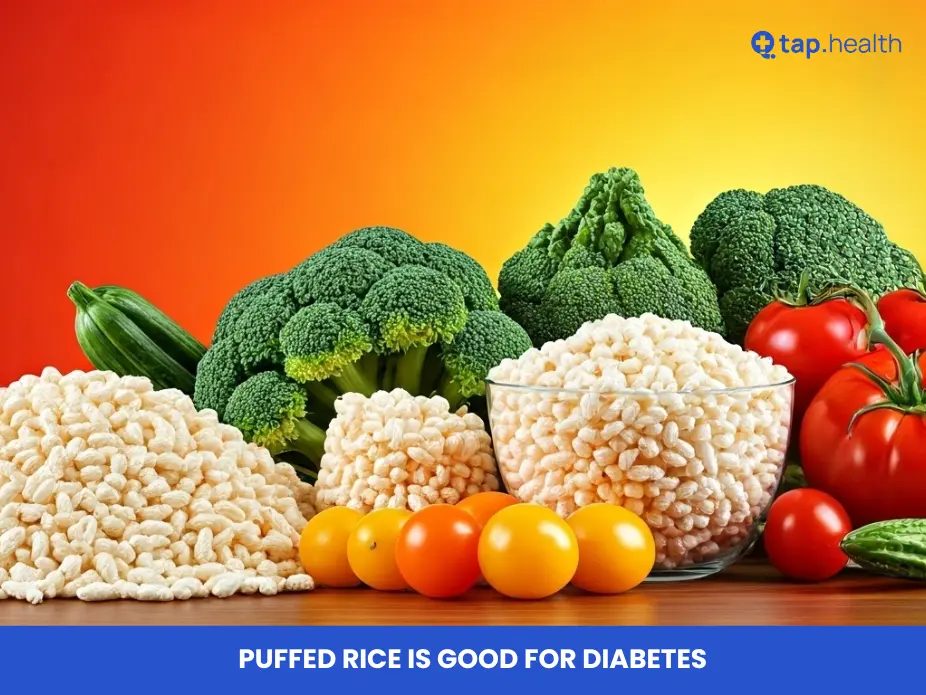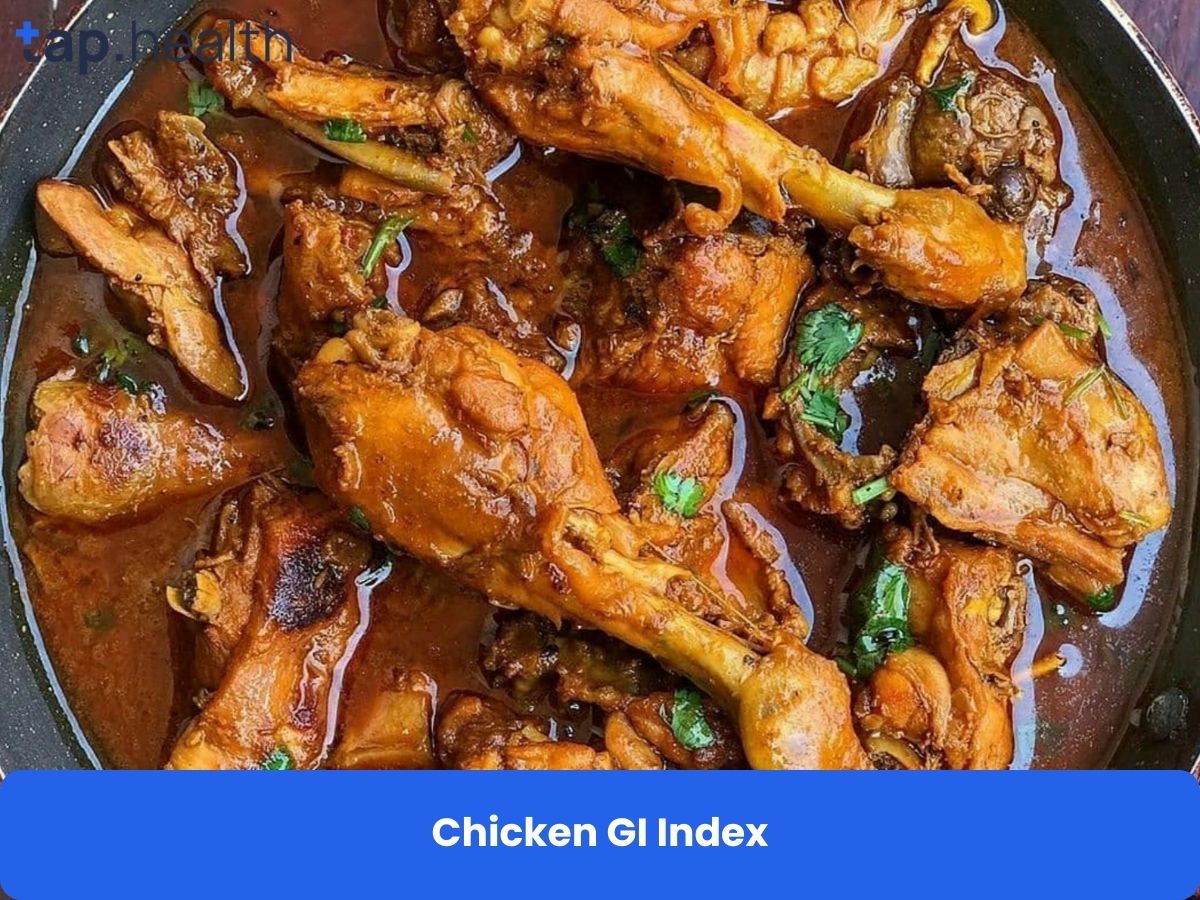Diabetes is a condition that affects millions of people worldwide, and managing it often involves careful consideration of one’s diet. Among the many foods that come under scrutiny is puffed rice, a popular snack in many cultures. But is puffed rice good for diabetes? Let’s dive deep into this topic and explore the facts.
What is Puffed Rice?
Before we delve into its relationship with diabetes, let’s understand what puffed rice is. Puffed rice, also known as murmura or kurmura in some parts of India, is a type of rice that has been heated under high pressure. This process causes the rice kernels to expand and “puff up,” creating a light and crunchy texture [1].
The Nutritional Profile of Puffed Rice
To understand whether puffed rice is suitable for people with diabetes, we need to look at its nutritional content:
- Calories: About 358 calories per 100 grams
- Carbohydrates: Approximately 77.68 grams per 100 grams
- Protein: Around 7.47 grams per 100 grams
- Fat: About 1.62 grams per 100 grams
- Fiber: Approximately 5.12 grams per 100 grams [2]
As we can see, puffed rice is primarily composed of carbohydrates, which is the nutrient that most directly affects blood sugar levels.
The Glycemic Index of Puffed Rice
One crucial factor to consider when assessing whether a food is suitable for people with diabetes is its glycemic index (GI). The GI measures how quickly a food can raise blood sugar levels.
Puffed rice has a high glycemic index, typically ranging from 70 to 90 [3]. Foods with a GI above 70 are considered high-GI foods, which can cause rapid spikes in blood sugar levels. This high GI is one of the main reasons why puffed rice is often not recommended for people with diabetes.
Puffed Rice is Good for Diabetes
While it might seem counterintuitive given its high glycemic index, some argue that puffed rice can have a place in a diabetic diet when consumed mindfully. Here are some potential benefits:
- Low Fat Content: Puffed rice is very low in fat, which can be beneficial for weight management, a crucial factor in diabetes control [4].
- Portion Control: Due to its light and airy nature, a small volume of puffed rice can feel satisfying, potentially helping with portion control [5].
- Versatility: Puffed rice can be combined with diabetes-friendly ingredients like nuts, seeds, or vegetables to create a more balanced snack [6].
- Quick Energy Source: For diabetics experiencing hypoglycemia (low blood sugar), a small amount of puffed rice could provide a quick carbohydrate source to raise blood sugar levels [7].
- Cultural Significance: In some cultures, puffed rice is a staple food. Its inclusion in moderation can help diabetics maintain cultural eating practices while managing their condition [8].
However, it’s crucial to note that these potential benefits don’t negate the concerns about its high glycemic index. The key lies in moderation and individual response.
Pros and Cons of Puffed Rice for Diabetes
Let’s break down the potential benefits and drawbacks of consuming puffed rice if you have diabetes:
Pros:
- Low in Fat: Puffed rice is very low in fat, which can be beneficial for overall health and weight management [4].
- Low in Calories: Compared to many other snacks, puffed rice is relatively low in calories, which can be helpful for weight control [5].
- Versatility: Puffed rice can be combined with other healthier ingredients to create more balanced snacks.
Cons:
- High Glycemic Index: As mentioned earlier, the high GI of puffed rice can lead to rapid blood sugar spikes, which is problematic for people with diabetes [6].
- Low in Nutrients: Puffed rice is not particularly rich in vitamins, minerals, or fiber compared to whole grain alternatives [7].
- Often Combined with Unhealthy Ingredients: In many snack foods, puffed rice is combined with sugar, salt, and unhealthy fats, further reducing its suitability for people with diabetes [8].
Can People with Diabetes Eat Puffed Rice?
While it’s generally advisable for people with diabetes to limit their intake of high-GI foods like puffed rice, it doesn’t mean they can never eat it. The key is moderation and proper meal planning.
Here are some tips for incorporating puffed rice into a diabetes-friendly diet:
- Portion Control: If you choose to eat puffed rice, keep the portion size small to limit the impact on your blood sugar [9].
- Combine with Low-GI Foods: Eating puffed rice with proteins, healthy fats, or fiber-rich vegetables can help slow down the absorption of carbohydrates and reduce the overall GI of the meal [10].
- Choose Whole Grain Alternatives: When possible, opt for puffed whole grains like brown rice or quinoa, which have more fiber and nutrients [11].
- Monitor Blood Sugar: If you do eat puffed rice, monitor your blood sugar levels to understand how it affects you personally [12].
- Consult Your Healthcare Provider: Always consult with your doctor or a registered dietitian before making significant changes to your diet [13].
Healthier Alternatives to Puffed Rice for Diabetes
If you’re looking for snack options that are more diabetes-friendly than puffed rice, consider these alternatives:
- Nuts and Seeds: These are low in carbs and high in healthy fats and protein [14].
- Vegetables with Hummus: This combination provides fiber, vitamins, and protein [15].
- Greek Yogurt: High in protein and low in carbs, Greek yogurt can be a satisfying snack [16].
- Berries: Low in sugar and high in antioxidants, berries are a great choice for people with diabetes [17].
- Whole Grain Crackers with Cheese: This combination provides a good balance of carbs, protein, and fat [18].
The Role of Diet in Diabetes Management
While we’ve focused on puffed rice, it’s important to remember that managing diabetes through diet involves more than just avoiding certain foods. A balanced diet that includes a variety of nutrients is key to maintaining stable blood sugar levels and overall health.
The American Diabetes Association recommends a diet that includes:
- Plenty of non-starchy vegetables
- Lean proteins
- Whole grains
- Healthy fats
- Limited added sugars and refined grains [19]
Conclusion
So, is puffed rice good for diabetes? The answer isn’t a simple yes or no. While puffed rice has some potential benefits, its high glycemic index and low nutrient content make it a food that should be consumed in moderation by people with diabetes. It can be included in a diabetes-friendly diet if consumed in small portions and combined with other, healthier foods.
Remember, everyone’s body responds differently to various foods. What works for one person with diabetes may not work for another. It’s always best to work with your healthcare provider to develop a diet plan that’s tailored to your individual needs and preferences.
Ultimately, managing diabetes is about making informed choices and finding a balance that allows you to maintain your health while still enjoying your food. With the right approach, you can keep your blood sugar levels in check while still savoring a variety of foods – including, occasionally, a small serving of puffed rice if you choose.
Frequently Asked Questions on Puffed Rice Good for Diabetes
1.Is puffed rice a better option than white rice for diabetics?
Puffed rice may not be better than white rice for diabetics. Both types have a high glycemic index. This means they can lead to quick rises in blood sugar levels. This can raise the risk of diabetes. It is better to choose brown rice or other foods with a low GI. These options can help with blood sugar control and have more nutritional value.
2.Can eating puffed rice help in managing diabetes?
Puffed rice by itself won’t control diabetes. However, adding small amounts to a balanced diabetic diet can help when you follow advice from a registered dietitian. It is important to focus on controlling blood glucose, managing weight, and improving insulin sensitivity as part of a complete plan.
3.How often can diabetics consume puffed rice?
Diabetics should eat puffed rice only in small amounts. This is because it has a high glycemic index, which can affect blood sugar levels. How often you eat it should depend on your blood sugar level, calorie count, and your balanced diet plan.
References
- American Diabetes Association. (2021). Glycemic Index and Diabetes. Retrieved from https://www.diabetes.org/healthy-living/recipes-nutrition/understanding-carbs/glycemic-index-and-diabetes
- Harvard T.H. Chan School of Public Health. (2021). Whole Grains. Retrieved from https://www.hsph.harvard.edu/nutritionsource/what-should-you-eat/whole-grains/



